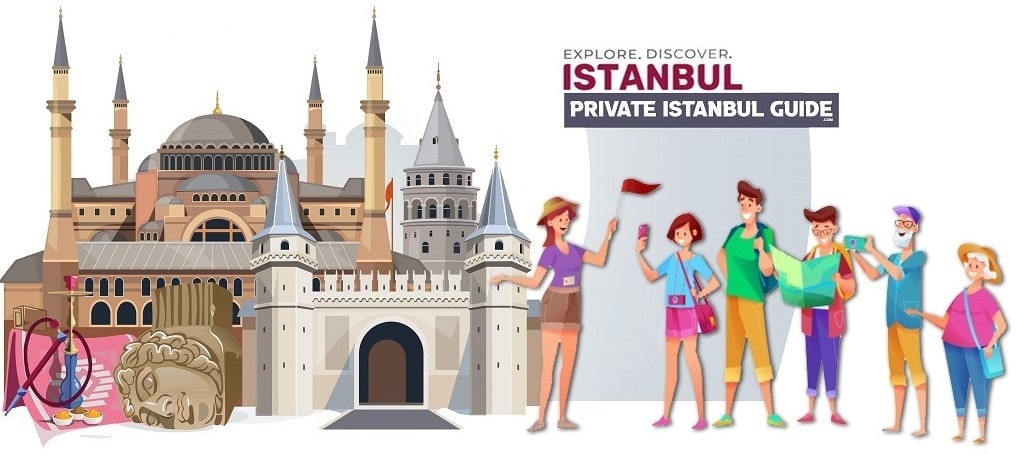
Explore Istanbul with the best guided tours. Choose your guide and customize your Istanbul tour.
Tour guides are licensed professionals with at least 10+ years of experience, and tours are generated for the best Istanbul travel experience by the Istanbul Tour Guides. Proudly Operated by Romos Travel Agency – Licensed & Registered (TURSAB License No: A-13114)Easy online booking and instant confirmation for all Private Istanbul Tours.
Private Istanbul Guide has been providing Istanbul tours and Istanbul tour guides since 2009.

Choose your Istanbul Tour Guide
English Speaking licensed Istanbul tour guide, also available in Spanish, Greek, German, Italian, Portuguese, Japanese, Russian, Arabic, French, and more…

Licensed Istanbul Tour Guides
Guided Istanbul Tours customized by Istanbul Tour Guides for the best travel experience in Istanbul City. Create your Istanbul Tour as you desire.
Explore the heart of Turkey with guided Istanbul tours. Uncover secrets, savor flavors, and immerse in culture. Book now for an unforgettable journey!

Book with Confidence
We are LOCAL, LICENSED, and PROFESSIONAL
We have created amazing tour options for your Istanbul vacation, and tours can also be customized.
You can choose a tour guide and start to explore the amazing Istanbul city.
Istanbul Tours, 1 Day, 2 Days, 3 Days, or as many as you desire!
Choose Your Istanbul Tour Guide and Start to Explore the city!
Transportation service during the tour in Istanbul. Best Deal Vehicles with Drivers for Your Istanbul City Tour.
Private Minivan for Istanbul Tour
Max. 8 People
Fuel-Oil
Private Transportation
Parking Fees
Private Midibus for Istanbul Tour
Max. 27 People
Fuel-Oil
Private Transportation
Parking Fees
Private Vehicle for Istanbul Tour
Max. 13 People
Fuel-Oil
Private Transportation
Parking Fees
Car Rental in Istanbul with Driver
Max. 8 / 13 / 27 People
Fuel-Oil
Private Transportation
Parking Fees
Istanbul Tour pictures by the guests with ‘Private Istanbul Guide’ tours and tour guides.
Welcome to Istanbul, where East meets West and every street whispers a story. Our private guided tours are perfect for travelers who want a deeper, personalized experience led by expert local guides. Whether you’re interested in history, food, art, or culture, we tailor each tour to match your pace and interests.
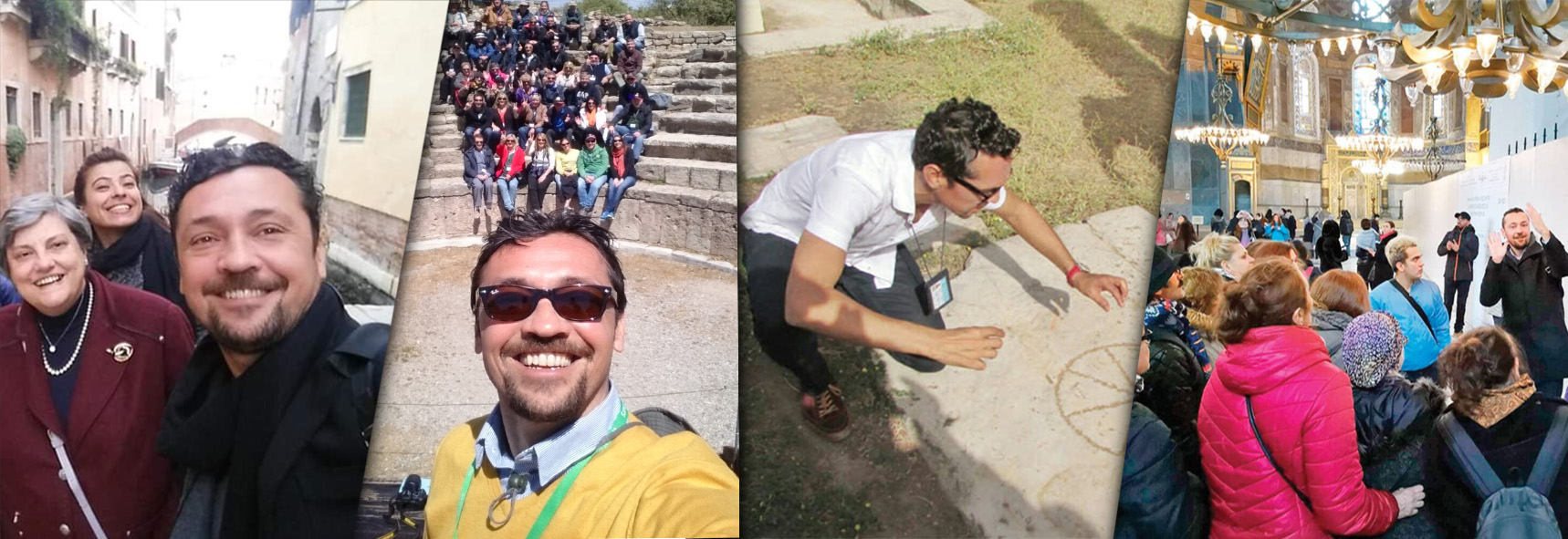
Hiring a private Istanbul guide gives you the flexibility to skip the crowds, go off the beaten path, and connect with the city on a personal level. Our professional guides are licensed by the Turkish Ministry of Tourism and are deeply knowledgeable about Istanbul’s history, from the Byzantine Empire to the Ottoman golden age and beyond.

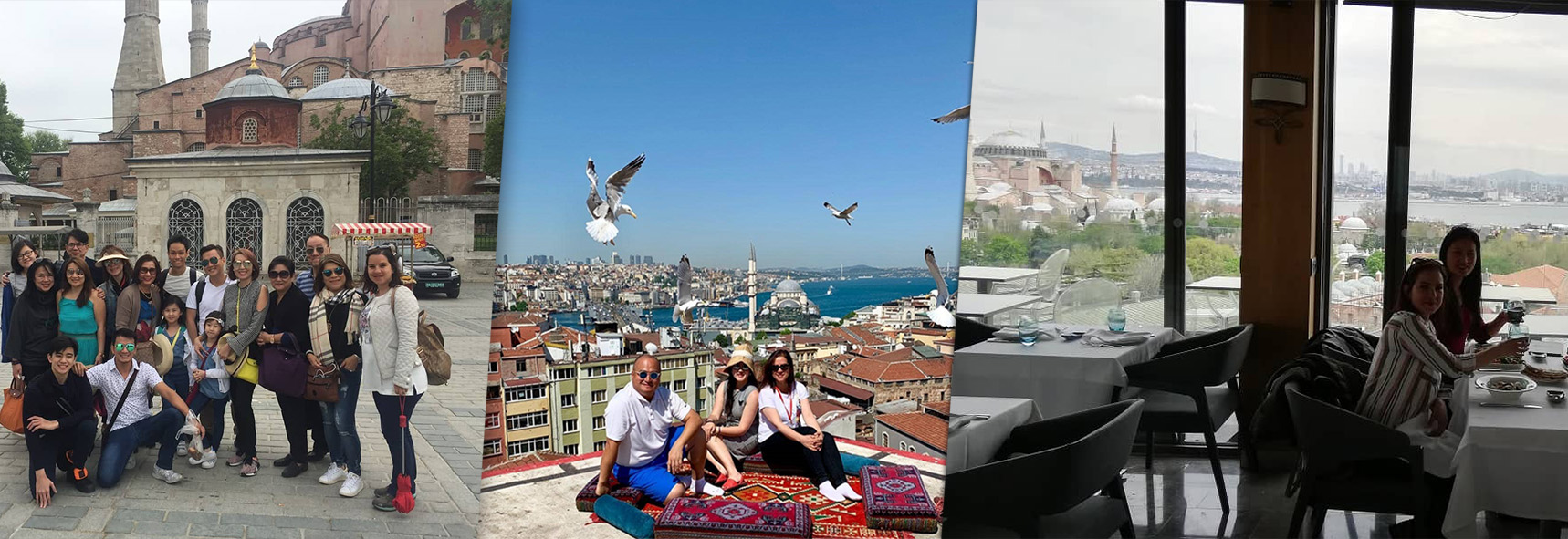
Our tours are proudly operated by Romos Travel Agency, officially registered and licensed under TURSAB No: A-13114. Since 2009, we’ve helped thousands of travelers explore Turkey with confidence and comfort. Our expert guides speak fluent English and provide informative, engaging, and memorable experiences.
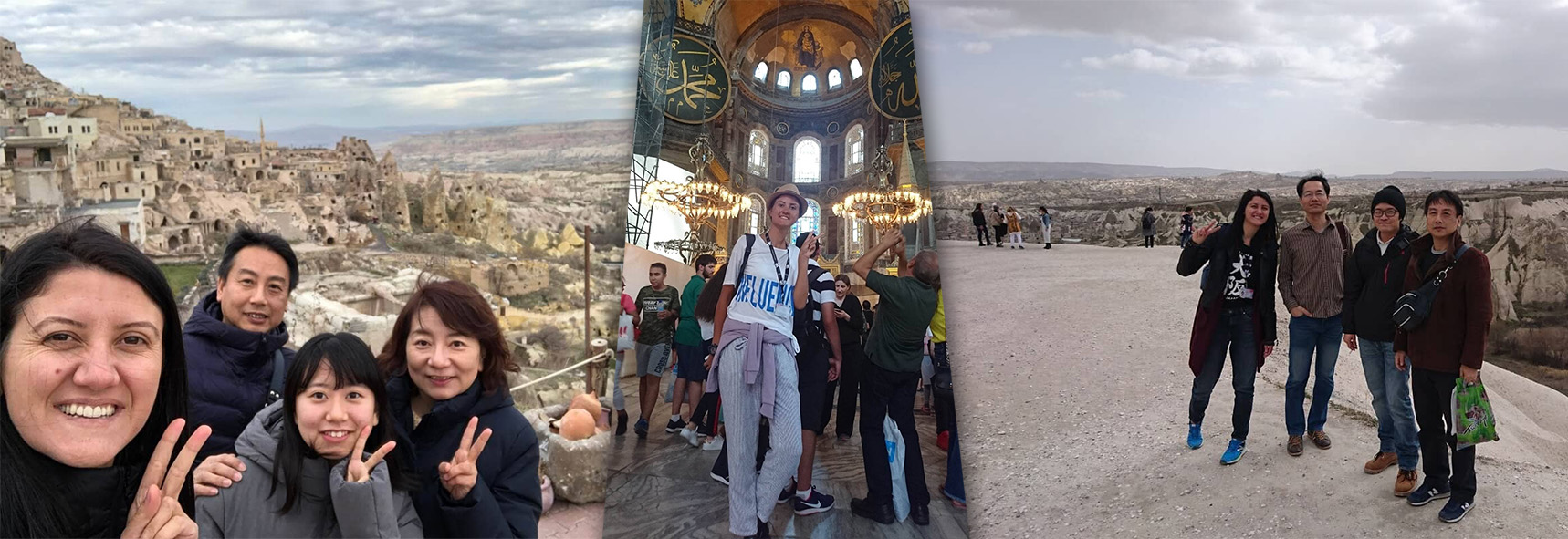
We’ve updated all tour options and pricing for 2025. Our rates are transparent, fair, and free of hidden fees. Book direct with local experts to get the best value.
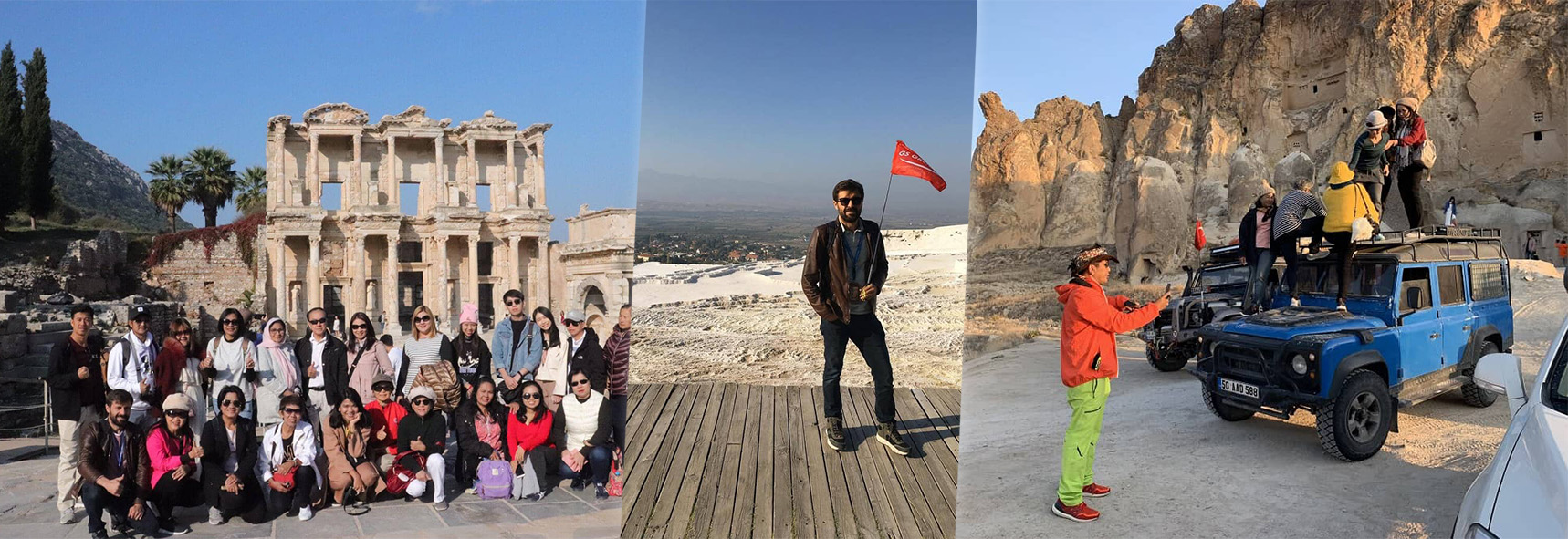
Looking to extend your trip beyond Istanbul? We organize fully customized private tours to:
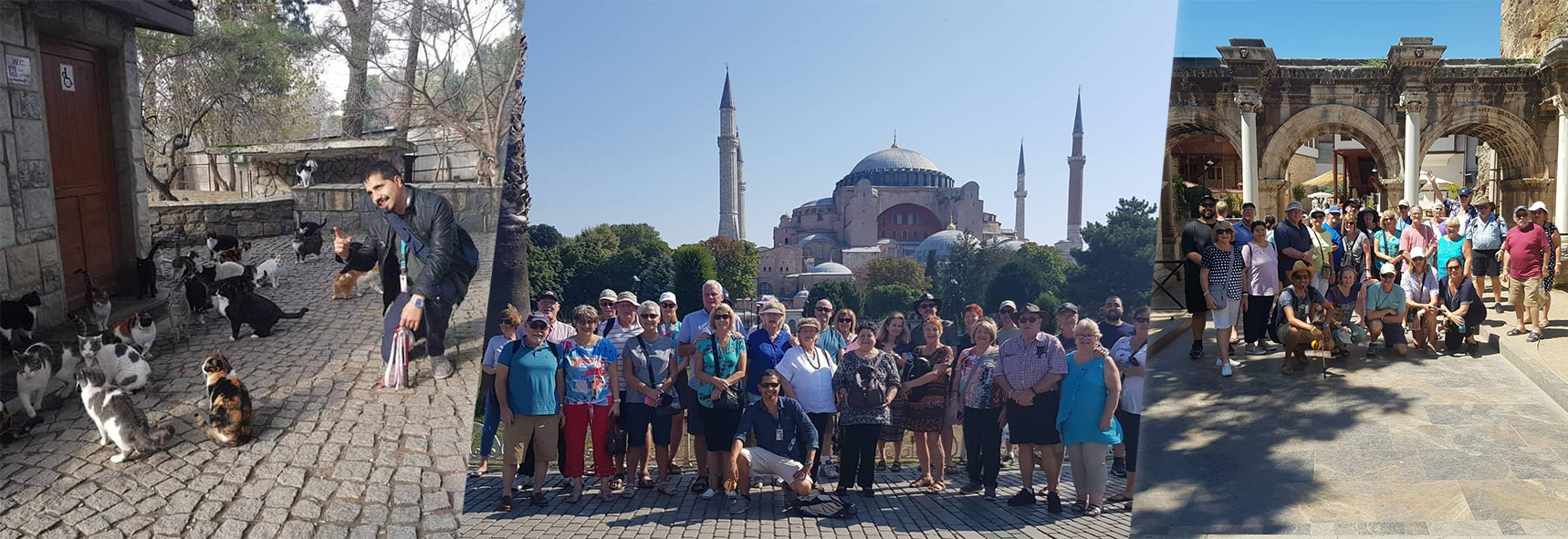
Our tours are completely private and tailored to your group’s interests. Whether you’re a couple celebrating a honeymoon, a solo traveler seeking authentic culture, or a family with kids, we ensure a smooth, enriching experience.
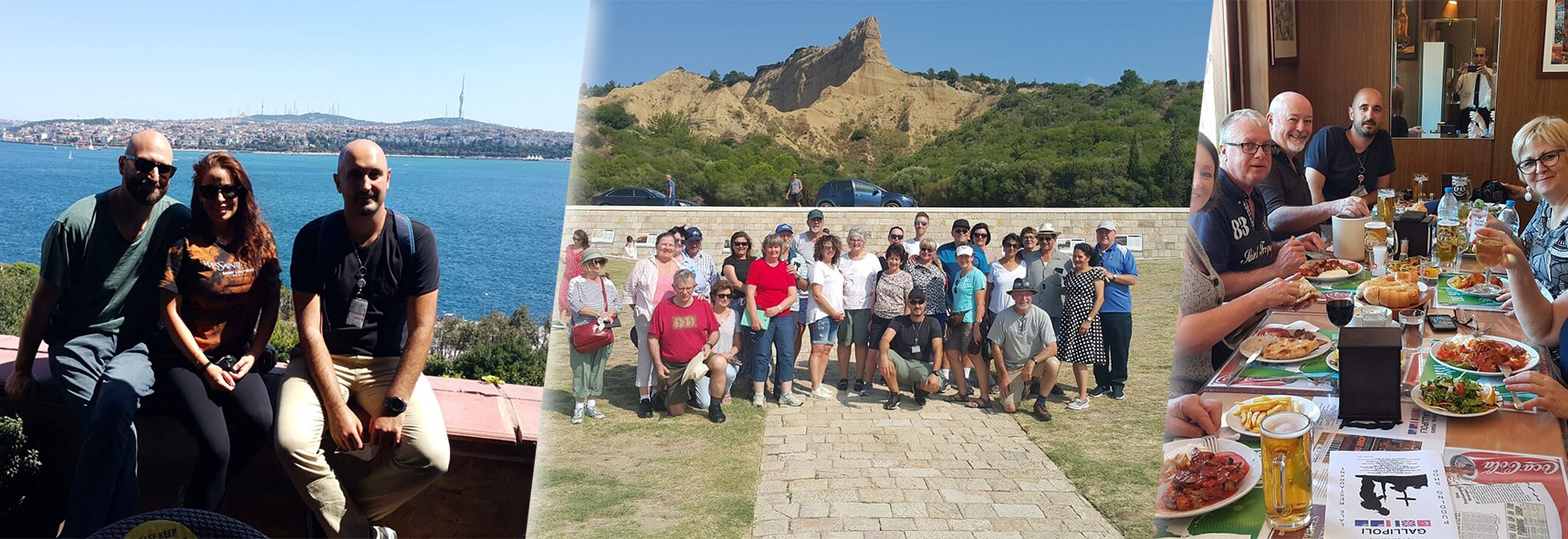
Discover the heart of Istanbul with an expert by your side. Avoid the crowds, follow your curiosity, and experience the city like a local.
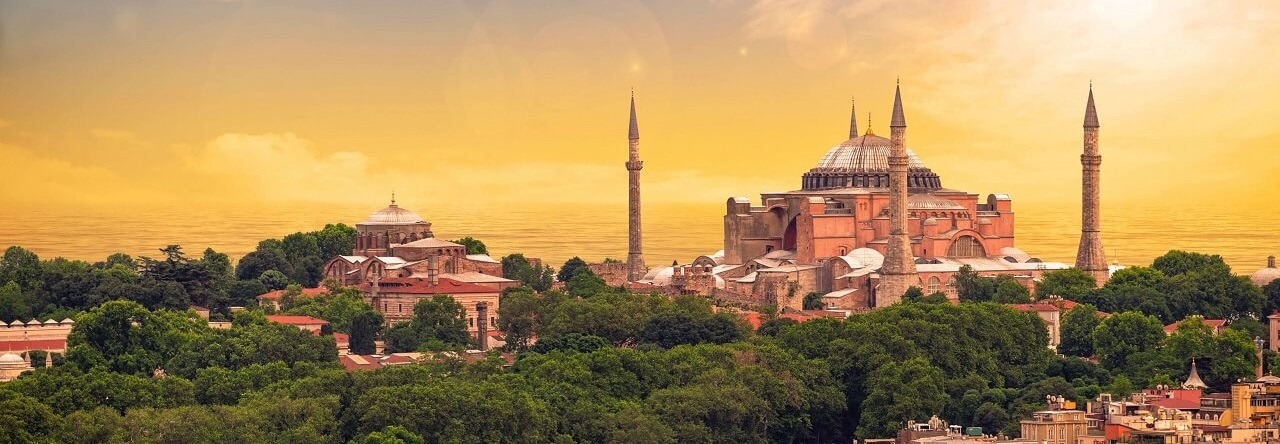
Let PrivateIstanbulGuide.com and Romos Travel show you the magic of Istanbul — one step, one story, one unforgettable moment at a time.
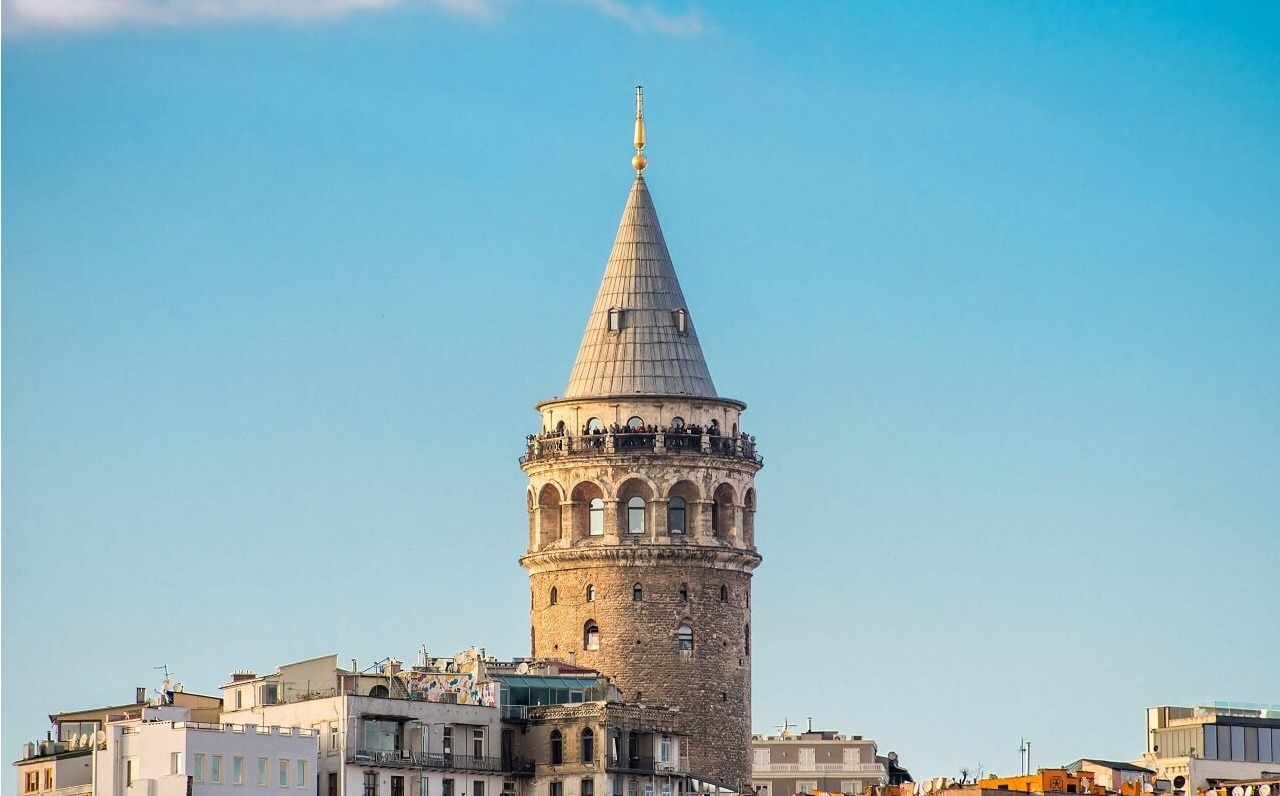
Licensed and Accredited

All Licensed Istanbul Tour Guides in ‘Private Istanbul Guide com’
are the Members of ‘TUREB’ & ‘TKTC’ which are the Members of the
World Federation of Tourist Guide Associations

Accredited By
MINISTRY OF COMMERCE
Registration Number: 7351623266

Turkey Tourist Guide Association
You can check your tourist guide license and certificate
All Guides are a member of TUREB and IRO

History, Culture and Tourism Guides Society
The Most Famous Society for
Licensed Tour Guides in Istanbul

Accredited By
ITO
Registration Number: 263125
 enEnglishEnglish
enEnglishEnglish enEnglishEnglish
enEnglishEnglish arArabicالعربية
arArabicالعربية zhChinese中文
zhChinese中文 daDanishDansk
daDanishDansk nlDutchNederlands
nlDutchNederlands skSlovakSlovenská
skSlovakSlovenská fiFinnishSuomi
fiFinnishSuomi frFrenchFrançais
frFrenchFrançais deGermanDeutsch
deGermanDeutsch elGreekΕλληνική
elGreekΕλληνική hiHindiहिंदी
hiHindiहिंदी huHungarianMagyar
huHungarianMagyar idIndonesianIndonesia
idIndonesianIndonesia itItalianItaliano
itItalianItaliano jaJapanese日本語
jaJapanese日本語 koKorean한국어
koKorean한국어 plPolishPolski
plPolishPolski ptPortuguesePortuguês
ptPortuguesePortuguês ruRussianРусский
ruRussianРусский esSpanishEspañol
esSpanishEspañol svSwedishSwedish
svSwedishSwedish trTurkishTürkçe
trTurkishTürkçe ukUkrainianУкраїнський
ukUkrainianУкраїнський viVietnameseViệt
viVietnameseViệt